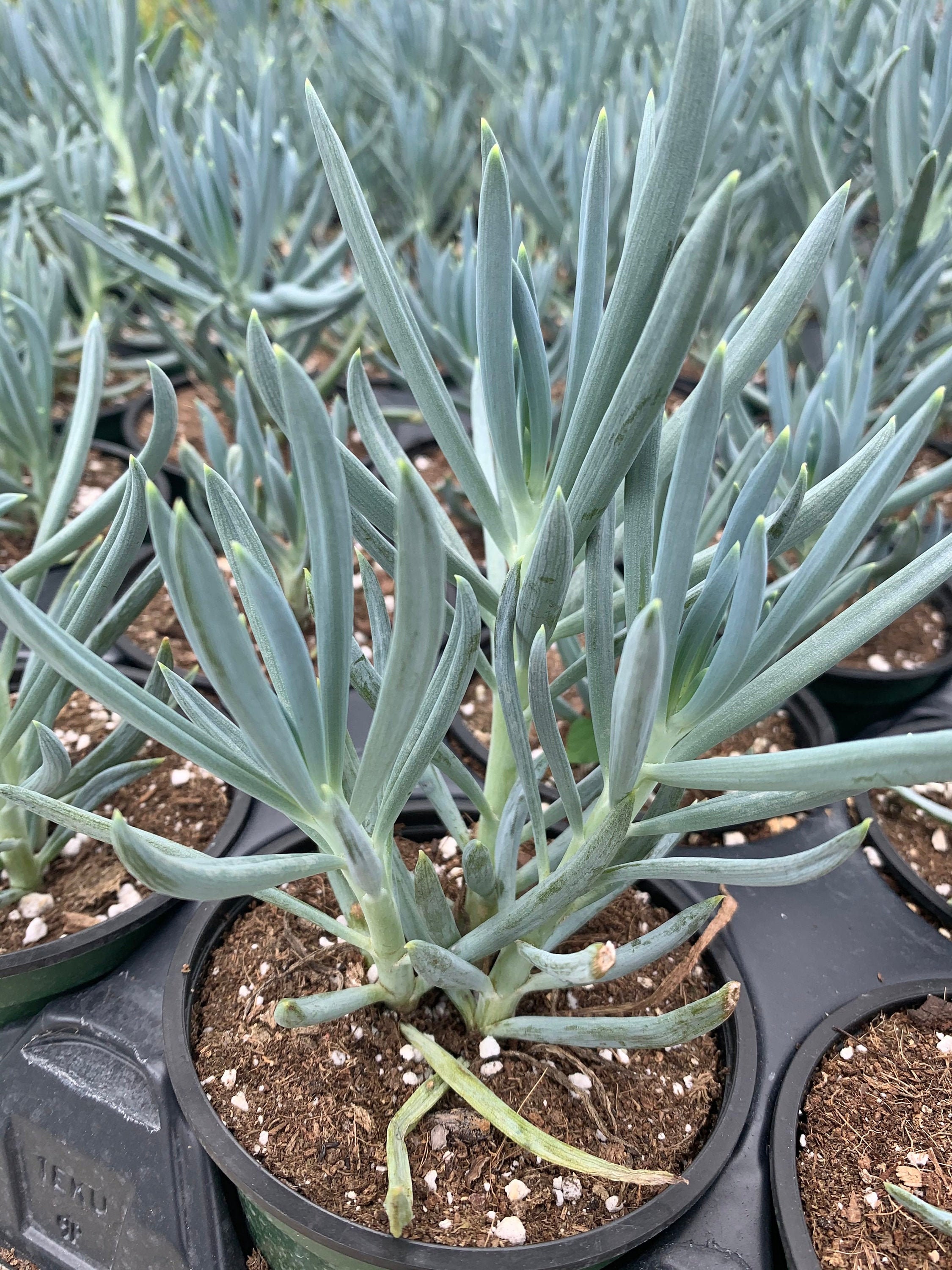
Curio repens how to#
How to Fertilize Blue Chalk Sticksįertilize 3 to 4 times in its growing season (early spring to fall). When fertilizing, use half the recommended dose. Like all succulents, Senecio mandraliscae requires well-drained soil that is not very rich in organic matter. Location and Soilīlue chalk sticks thrives best in full sun. They are happy to receive direct light for 6 to 8 hours. You can also grow it in partial shade, although it won’t do as well.Ĭold temperatures can cause damage or even death to the plant. You can keep it alive during the colder months by moving it indoors or by covering it with a layer of mulch. Reduce watering during the winter. Just water enough to prevent your succulent from wilting. If you grow it in pots, allow the substrate to dry completely between watering sessions. Pour water until it flows out from the drain holes. Generally, watering once a week is sufficient. Check that the soil is not damp before watering. Senecio mandraliscae tolerates drought quite well, so it does not require a large amount of water. Using too much water can lead to root rot and pest problems. Senecio mandraliscae or blue chalk sticks is one of my favorite succulents in landscapes. Without a doubt, the most striking thing about this plant is its blue color. It can be used as a cover and to add texture to the garden. Combine it with any orange plant to bring out the contrast of colors. Common Name: Blue chalk sticks, Blue Senecio.4.1 Dwarf Blue Chalk Sticks : Landscape Value.Succupedia: Browse succulents by Scientific Name, Common Name, Genus, Family, USDA Hardiness Zone, Origin, or cacti by GenusĬlick on a photo to see a larger version.Grow it with great care if you have children, pets, or livestock. Learn more at How to Grow and Care for Curio. Take cuttings during the spring and summer. Seeds need warm temperatures or using seed warmer and constant moisture to germinate. Propagation: This plant can be grown from seeds or cuttings. You can do it when you see that the container becomes too small or shallow. Repotting: You do not need to repot this plant often. Feed your plant once a year with a dilute solution of a balanced, water-soluble fertilizer in summer.

repens can take a bit more fertilizer than other succulents if you want to grow fast. Water only if the soil is completely dry.įertilizing: C. Reduce watering frequency during the winter months. This plant is drought tolerant, but the soil should never be left dry for too long. Watering: Water regularly during the growing season, allowing the soil to dry out between waterings. The plant will not survive consistent temperatures below freezing. repens can withstand temperatures as low as 25 to 50 ☏ (-3.9 to 10 ☌), USDA hardiness zones 9b to 11b. repens indoors, it is essential to use a container with at least one drainage hole at the bottom. Soil: As with most succulents, this plant prefers a well-draining soil mix.
Curio repens full#
It will grow in full shade but will become lank and leggy. repens in partial shade if outdoors and bright sunlight if indoors.

It is the perfect active participle of the Latin verb "repo." Photo by California Cactus CenterĪdvertisements How to Grow and Care for Curio repens The specific epithet " repens (REE-penz)" means "creeping" or "crawling" and refers to the creeping habit of the stems. Flowers are small, creamy-white, held in corymbs, and appear just above the foliage from summer to early fall. Leaves are powdery blue-grey to blue-green and up to 2 inches (5 cm) long.

The stems root at the nodes as they touch the ground. It grows up to 8 inches (20 cm) tall with a spread of up to 3 feet (90 cm). DescriptionĬurio repens, formerly known as Senecio serpens, is a small succulent shrub with fleshy cylindrical leaves borne on prostrate stems. This species is native to South Africa (Western Cape). Curio repens (L.) P.V.Heath Common Name(s)īlue Chalksticks, Blue Chalk Sticks Synonym(s)Ĭacalia glauca, Cacalia repens, Kleinia repens, Notonia glauca, Senecio repens, Senecio serpens, Senecio succulentus Scientific Classification


 0 kommentar(er)
0 kommentar(er)
